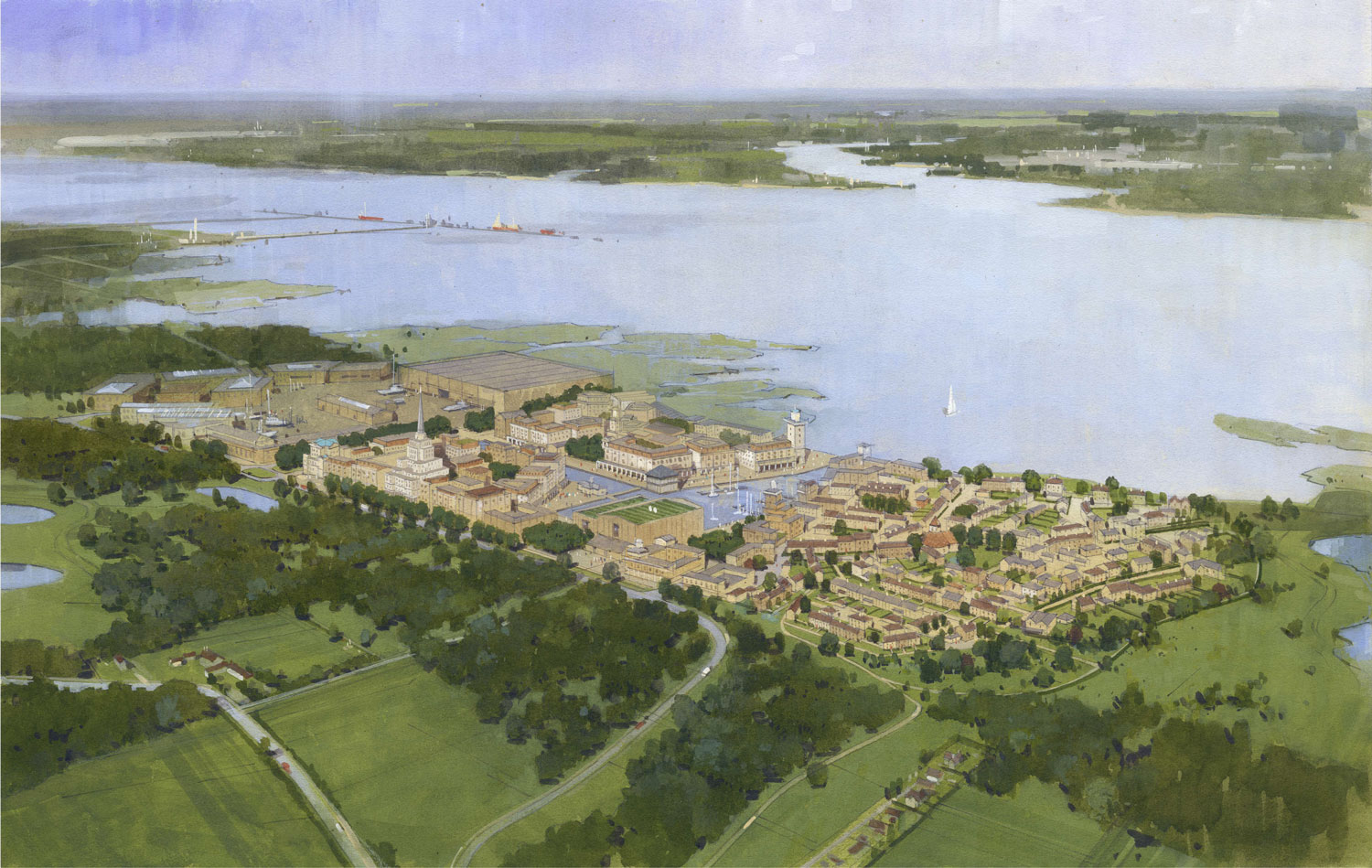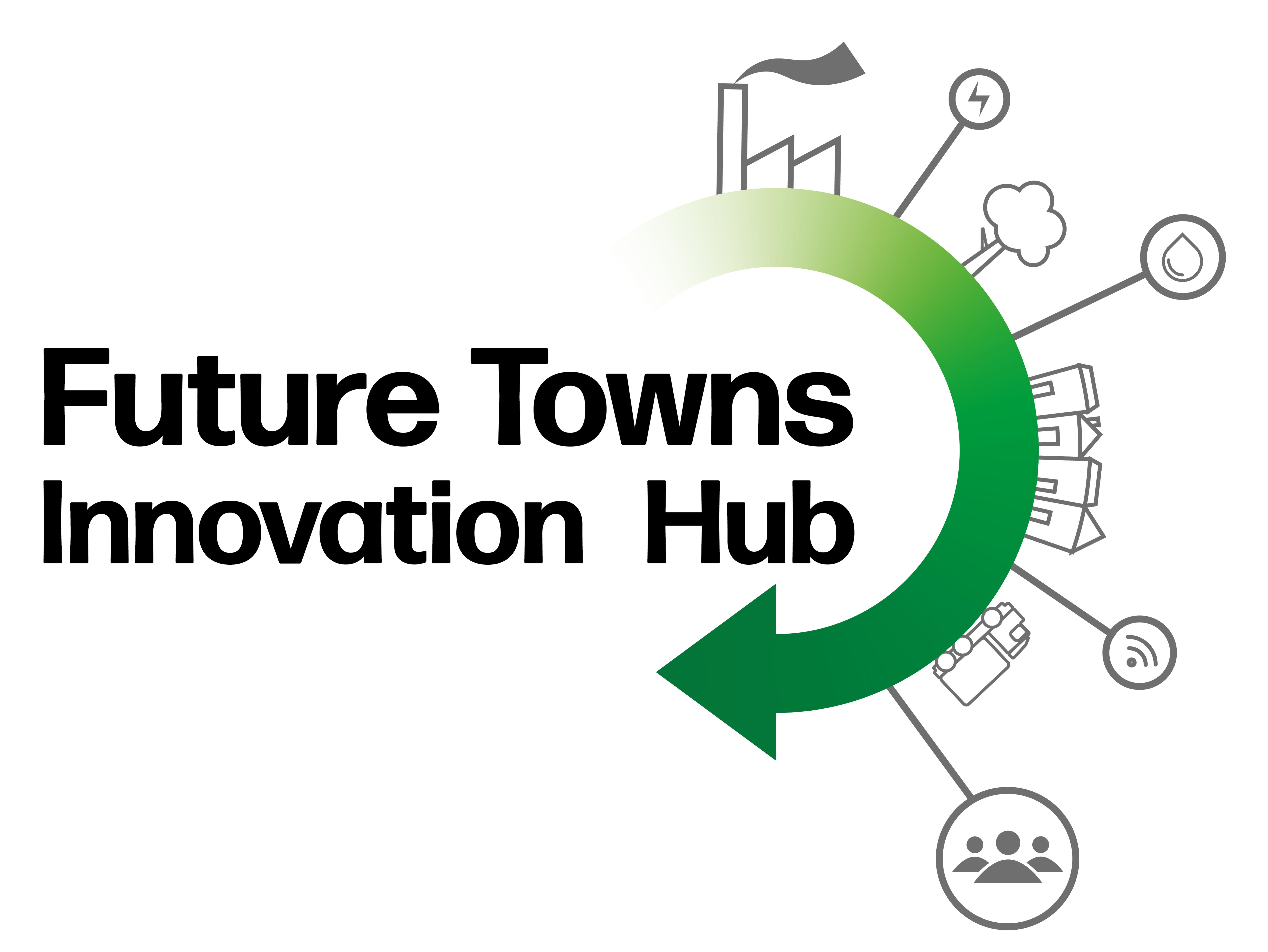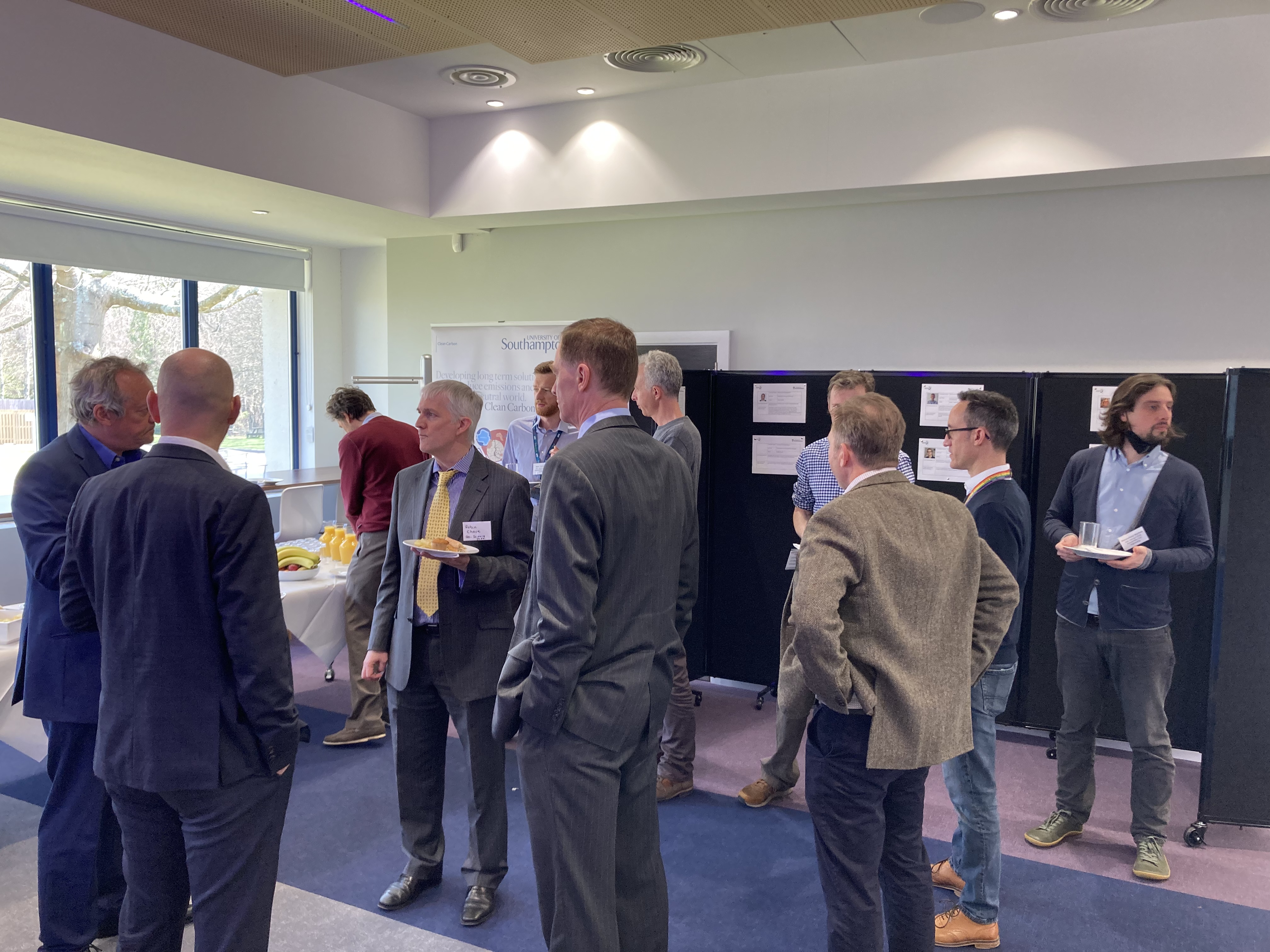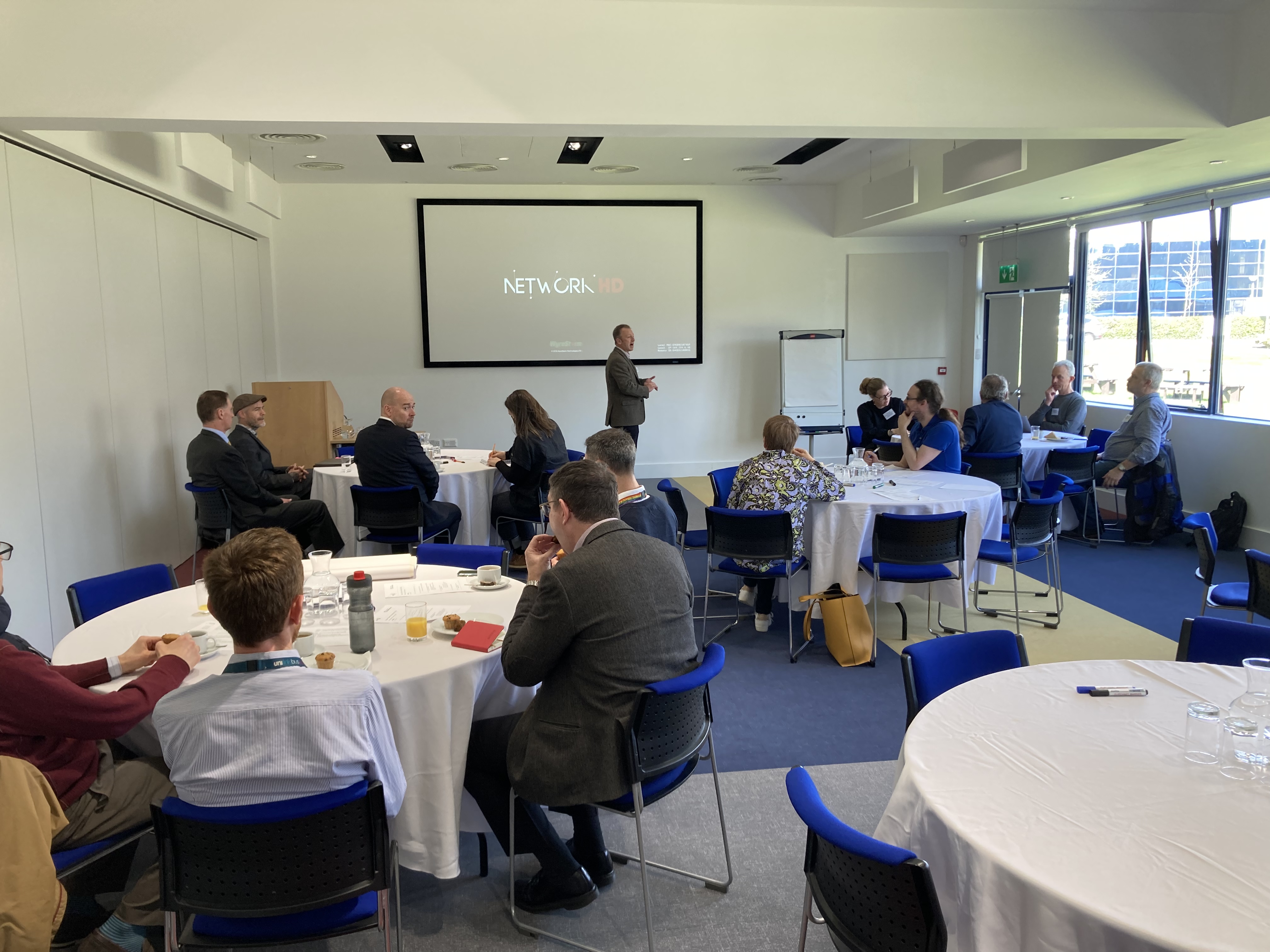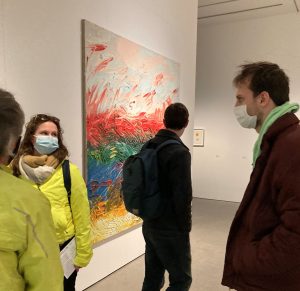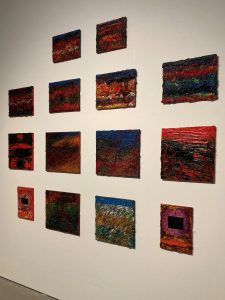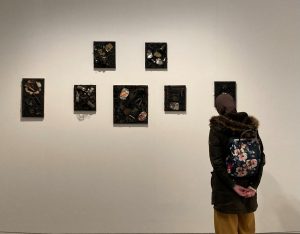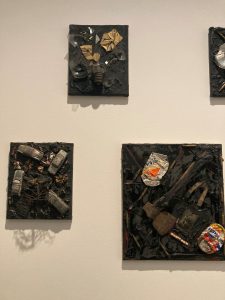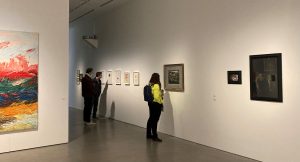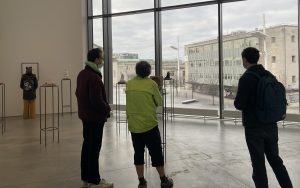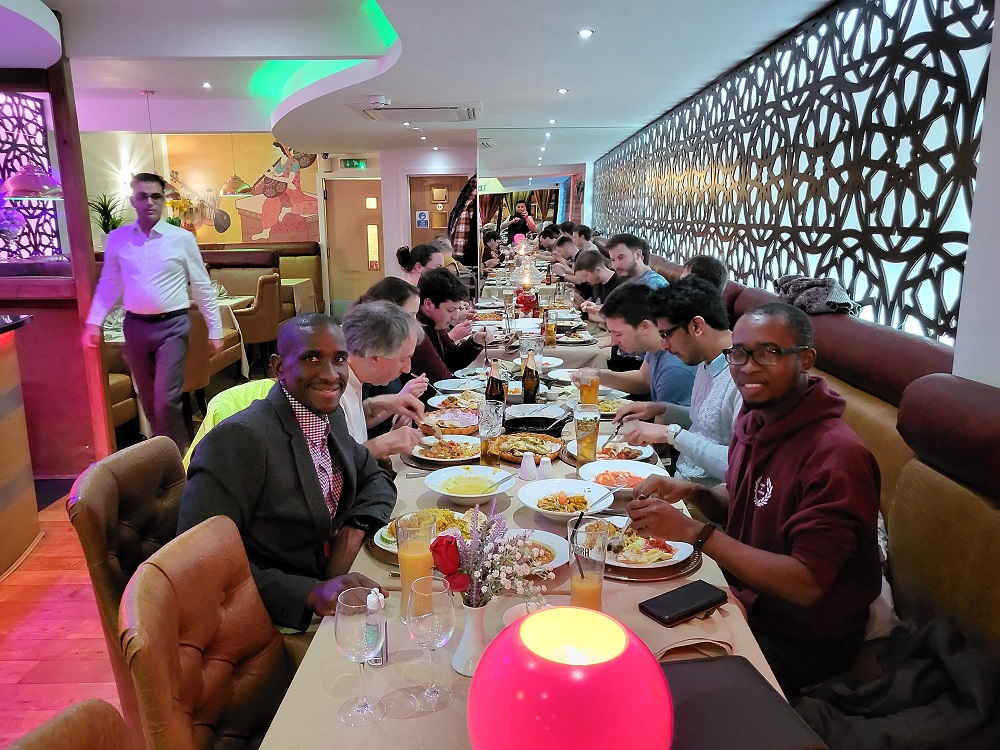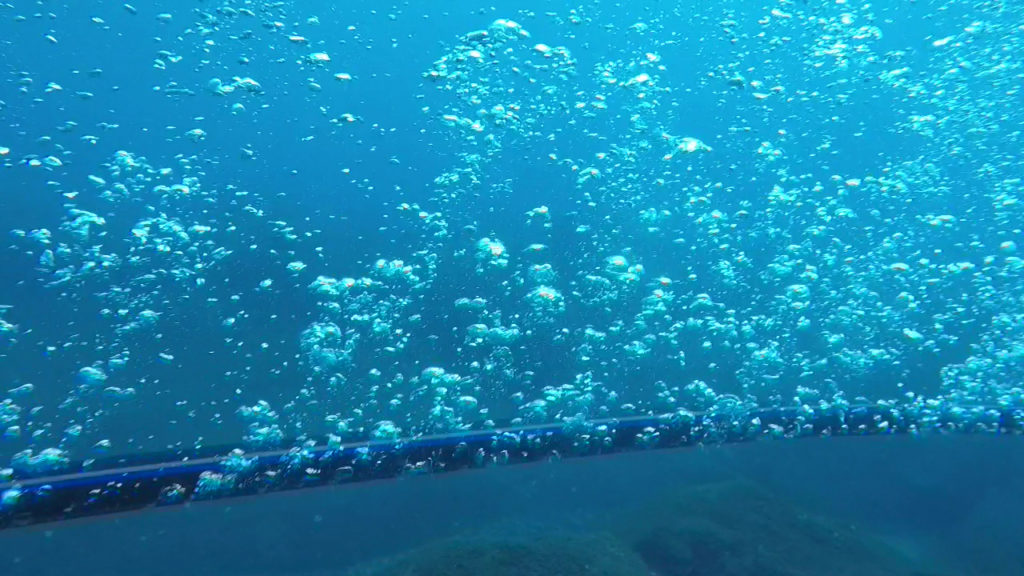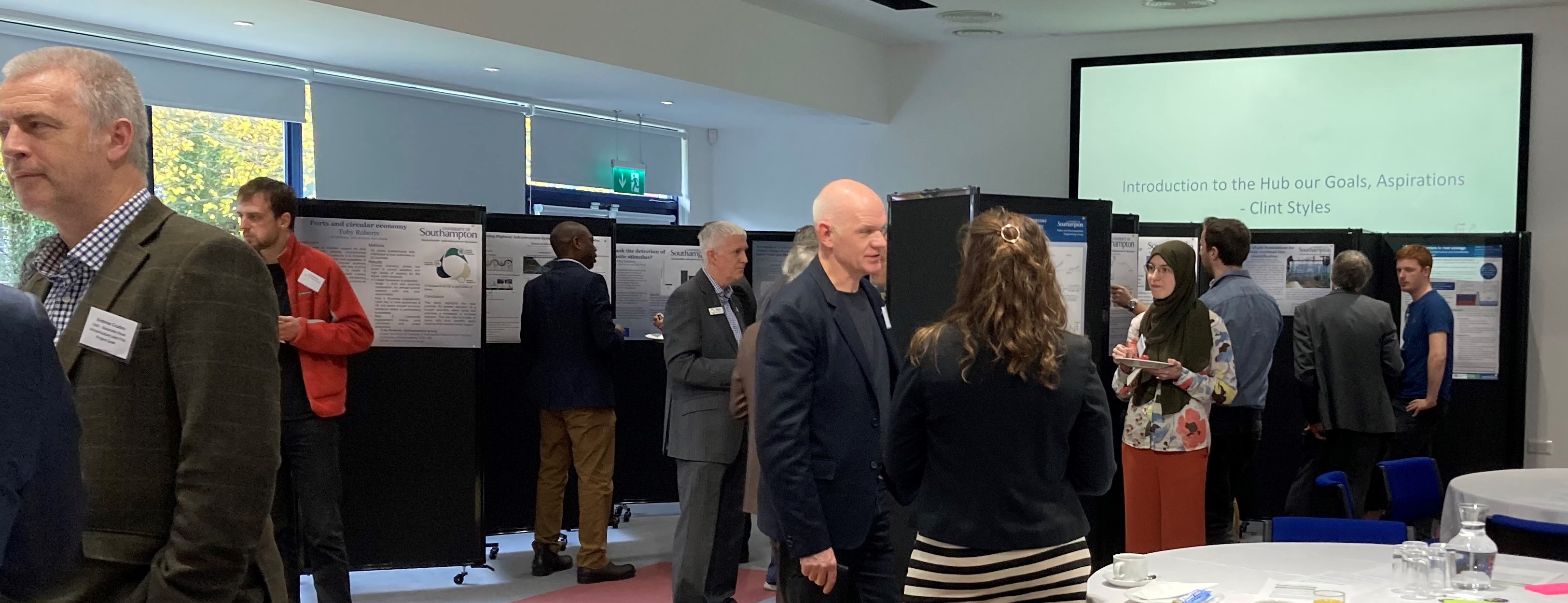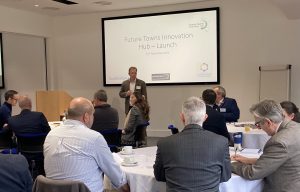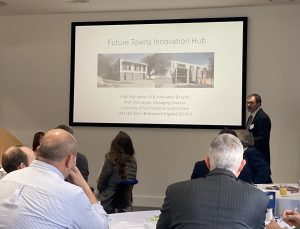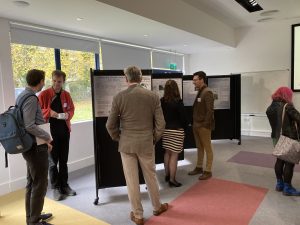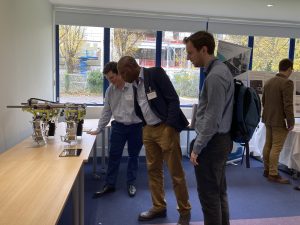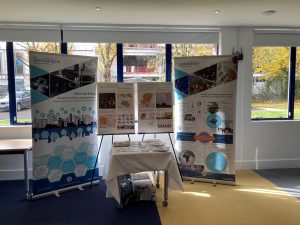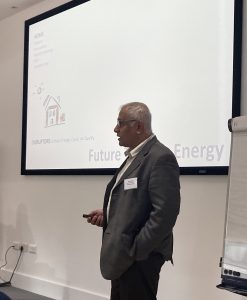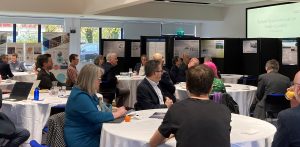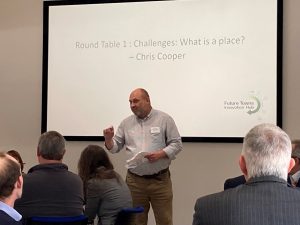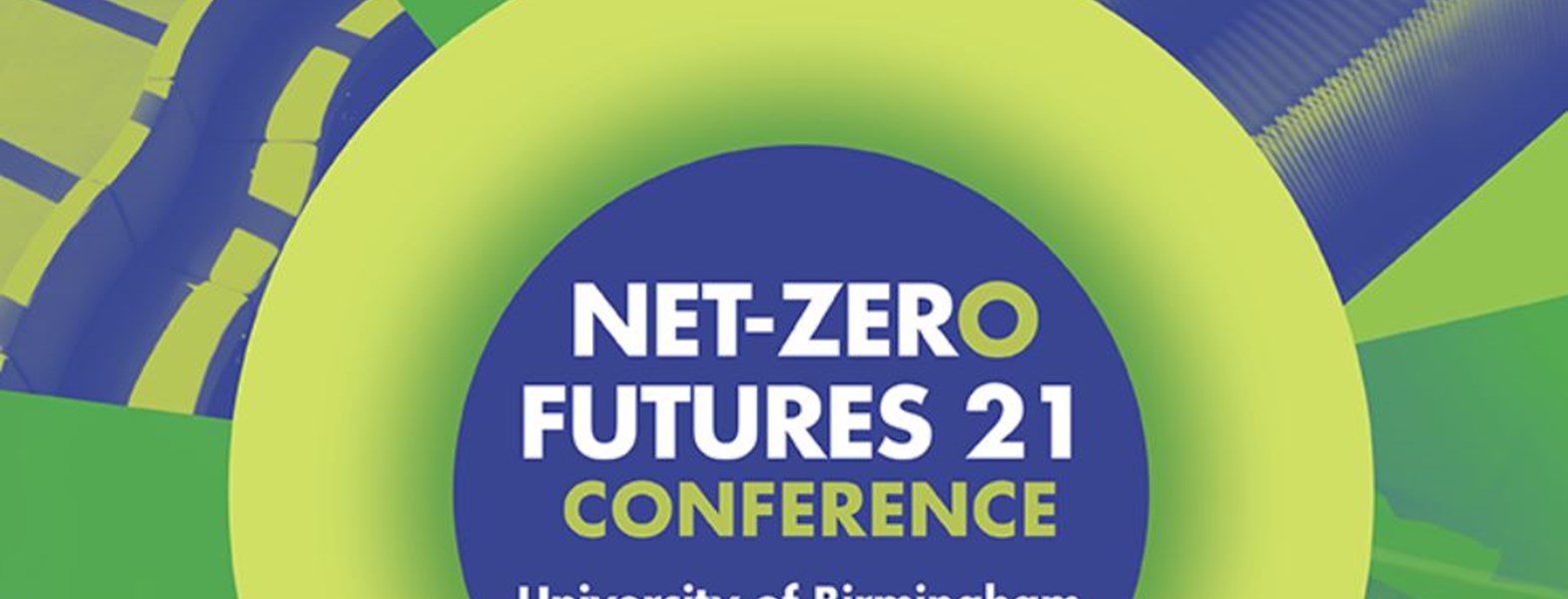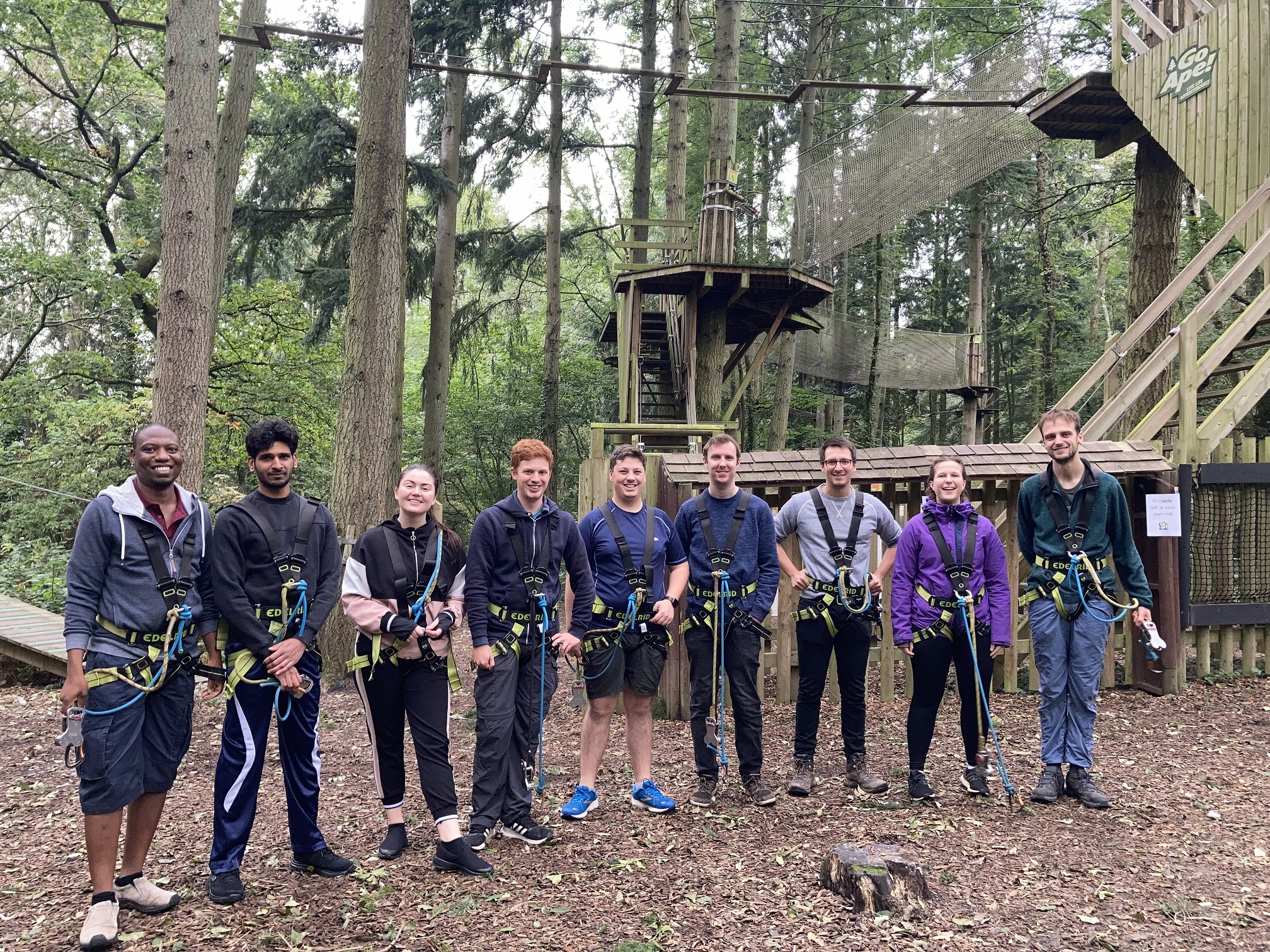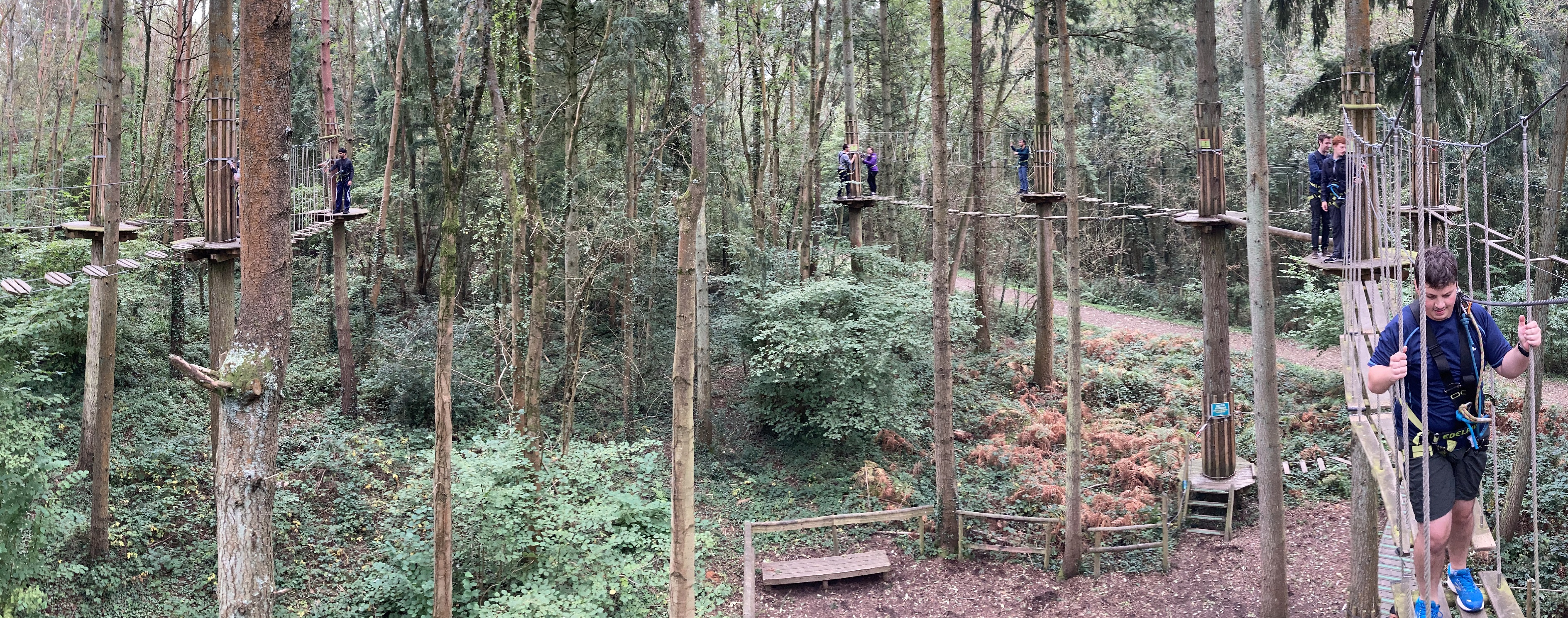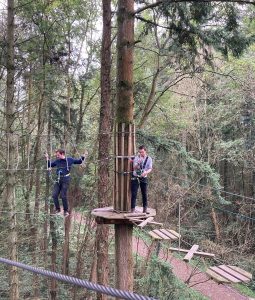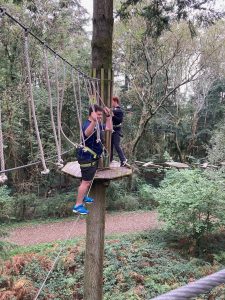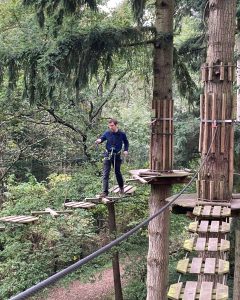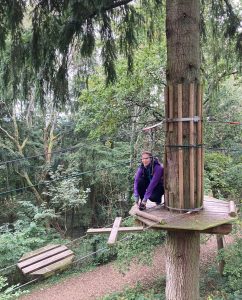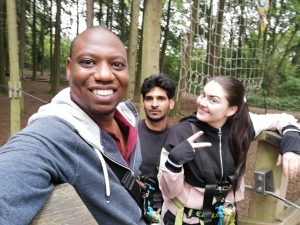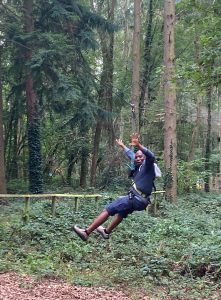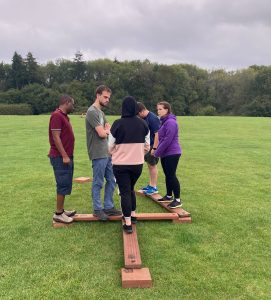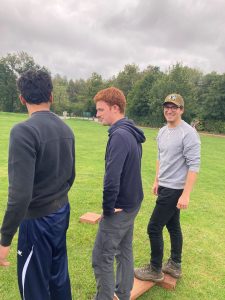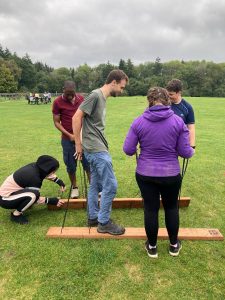Module lead: Professor Paul Kemp
Semester 2, 2021-2022
Sustainable Infrastructure Systems (FEEG6021) is a core formative training module designed for students registered on the UKCRIC Centre for Doctoral Training in Sustainable Infrastructure for Cities (CDT-SIC) at the Faculty of Engineering and Physical Sciences, University of Southampton, as part of the integrated training programme. The module provides an opportunity to engage with industry representatives to gain insight into the current challenges faced by their sector. The module provides formal training in interdisciplinary areas of Engineering and Science within a common framework that addresses infrastructure interdependencies (a Nexus), sustainability and society. The approach adopted is to expose students to a range of real-world challenges faced by society in the pursuit of delivering infrastructure essential to multiple sectors (e.g. Water, Energy, Transport, Digital, Environment).
The module is timetabled over a week-long block during semester 2 during which students attend lectures and seminars in which experts from both academia and industry present case studies of current problems in which they are involved, illustrating the range of techniques employed to find solutions. The module involves at least two site visits of relevance (e.g. energy generating plants and “future buildings” construction sites) during which industry partners discuss socio-economic, political, operational, and strategic challenges faced by the sector they represent. The key theme that runs throughout this module is the identification of common challenges faced by the different industrial sectors in delivering and maintaining often contentious infrastructure projects, and differences or similarities in approaches adopted to find solutions.
AIM
The overall aim of the module is to provide postgraduate students with the foundations needed to appreciate and understand current challenges faced in delivery of infrastructure plans that support our towns and cities, both for the UK and internationally, and insight into the differences and common features of approach adopted to find solutions.
| Day/Date | Time | Lecture | Staff |
| Day 1
28 March
|
Morning
0930-1230 |
Introduction and welcome to the Nexus: a system of systems
Water and Bioenergy |
Paul Kemp
Yongqiang Liu, Yue Zhang and Yannis Ieropoulos |
| Afternoon
1300-1700 |
Interaction water and energy resource management | Andy Cruden, Neil Edwards and Paul Kemp | |
| Evening | CDT-SIS Dinner (Portswood) | Everybody | |
| Day 2
29 March |
Morning
1000-1300 |
Infrastructure as a system of systems. Transport as a sub-system | John Preston, Adrian Hickford and Simon Blainey
|
| Afternoon
1400-1700 |
Transport systems continued | ||
| Day 3
30 March |
Whole Day
0900-1700 |
Charlton WorkStack in Greenwich | Adrian Campbell
Director – Changebuilding.com |
| Day 4
31 March |
Whole Day
0900-1700 |
Field Trip: Energy across scales (Eling tidal mill and local area) | Patrick James and Paul Kemp |
| Day 5
1 April
|
Morning
0930-1200 |
Planning a future Intelligent Merchant City – Fawley Waterside | Patrick James
Brett Trafford Paul Copping
|
| Afternoon
1400-1700 |
Challenges of sustainable energy in cities |

Keynote talk from Brett Trafford from the Fawley Waterside Intelligent Merchant City project in Hampshire

Field trip to Charlton WorkStack in Greenwich, London hosted by Adrian Campbell of Changing Building

